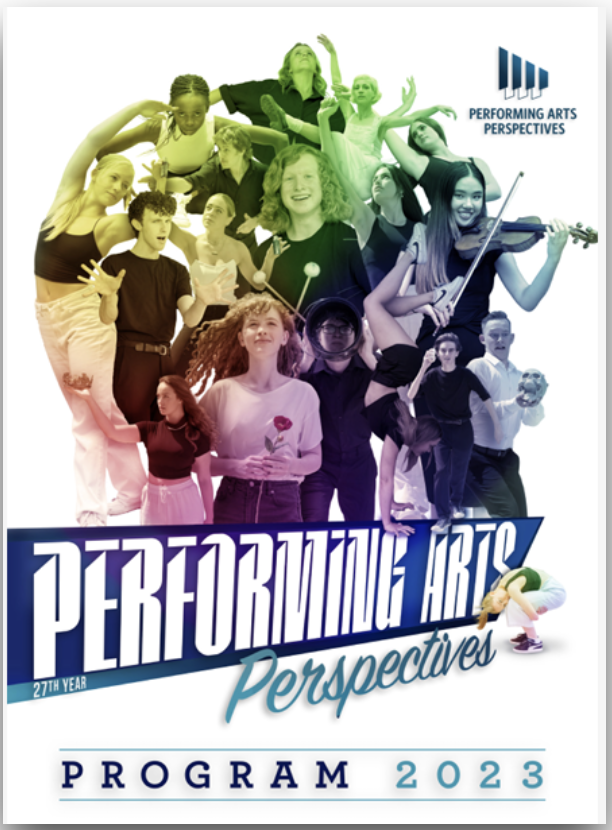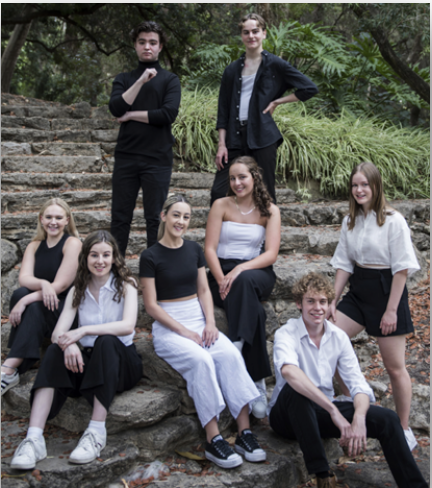Drama Tuesday - Performing Arts Perspectives 2023
/For the 27th time, outstanding performances of students completing Year 12 courses in Dance, Drama and Music were showcased to a packed Perth Concert Hall.
It is always interesting to reflect on the topics that emerge in the drama performances.
In the Original Solo Performance Good Old Trip by Gia Mairata, a delightful elderly grandmother living alone with her parrot is given a gift of brownies made by her grand daughter special brownies laced with certain substances. Played for laughs with gusto. A crowd pleaser with the youthful audience.
Estella Glencross created The 20th of July Plot, focusing on the moral dilemma facing the plotters of an assassination attempt on Hitler. An interesting concept explored though I felt the physicality of the role was under explored.
Elijah Kanganas gave a spirited realisation of William breaking free from convention in Free Will.
The Tiger Mum by Madeline Kelly explored the dark world of dance mums with strongly recognised humour entertaining the audience.
Once again we saw trends towards 1) strong physicalisation fully realised use of space and time and flexibility in movement; 2) clever use of sound (though thankfully not every performance was bathed in sound); and, 3) use of humour (which can be a double edged sword unless well managed).
The three scripted monologues showed range.
Words of Advice for Young People by Ioanna Anderson performed by Charlotte Moody
Kailee Young performed med Richard III by William Shakespeare with paper cutouts for the murdered princes.
Actor by Steven Berkof was performed with amazing vocalised sound effects and physicality by Jack Hadlow (underpinning once again the power of voice used well).
As always, a Concert Hall venue is not necessarily the most suitable for actors and the use of miking and amplification, while better this year, produced reverberant tone.
Each year is a window into the drama mind of young students. And a tribute to those who created and sustained this annual event.










